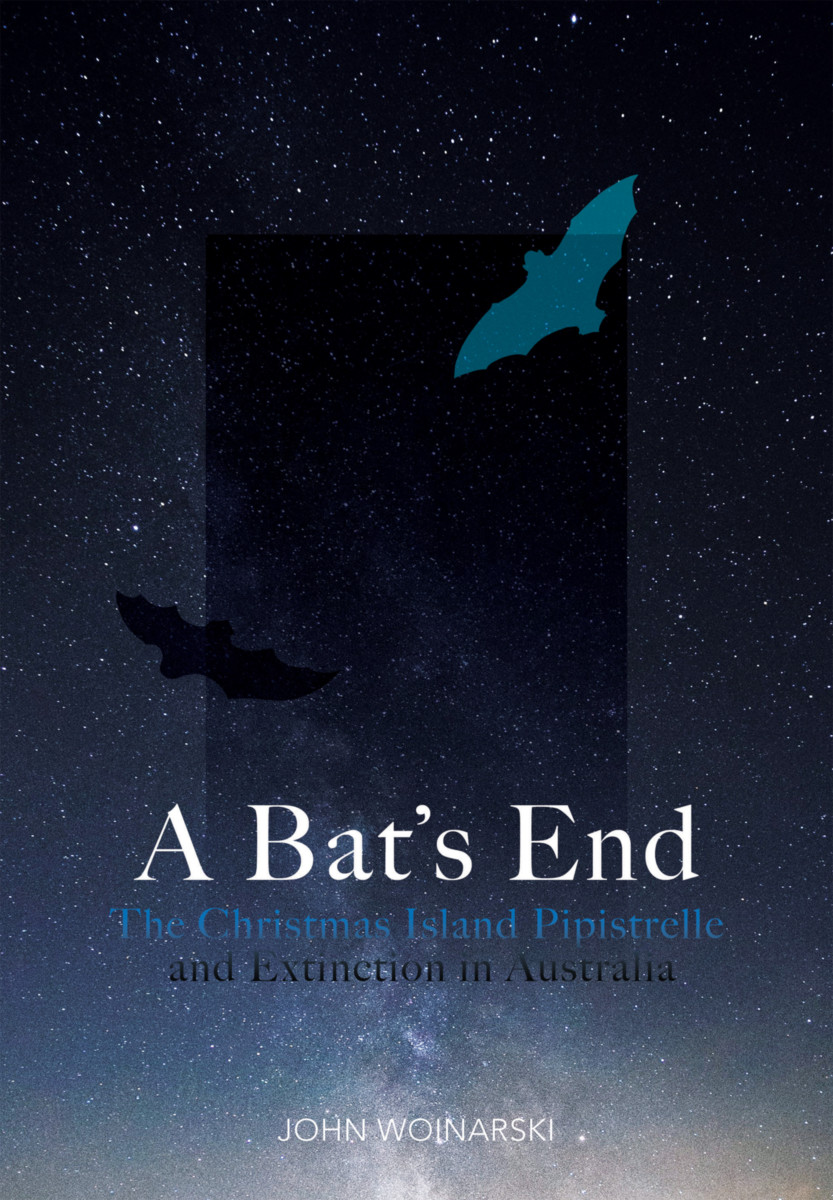EXCELLENCE IN SCIENCE PUBLISHING
A Bat's End
The Christmas Island Pipistrelle and Extinction in Australia
- Publisher
CSIRO Publishing - Published
7th August 2018 - ISBN 9781486308637
- Language English
- Pages 280 pp.
- Size 6.625" x 9.625"
- Images tables & figures
It is the evening of 26 August 2009 on Christmas Island. The last known pipistrelle emerges from its daytime shelter. Scientists, desperate about its conservation, set up an elaborate maze of netting to try to catch it. It is a forlorn and futile exercise – even if captured, there is little future in just one bat. But the bat evades the trap easily, and continues foraging. It is not recorded again that night, and not at all the next night. The bat is never again recorded. The scientists search all nearby areas over the following nights. It has gone. There are no more bats. Its corpse is not--will never be--found. It is the silent, unobtrusive death of the last individual of a species. It is extinction; an unusual extinction in that it was both witnessed and its timing precise, and in that its fate was predicted--and seen--with hindsight, its pathway to that destiny was like watching in slow motion the frightening inexorability of a car crash.
This book is about that bat; it is about those scientists; it is about that island; but mostly it is an attempt to understand that extinction. It is a story with many components and many voices.
Foreword
The end
1. Introduction
2. The conservation value and challenge of islands
3. The stage – Christmas Island
4. The unravelling of the Christmas Island environment – change, loss and response
5. The Christmas Island pipistrelle
6. Why did the pipistrelle disappear? – the drivers of extinction
7. Why did the pipistrelle disappear? – management and policy responses and failings
8. Personal perspectives, responses and responsibilities
9. Lessons and generalisations
Acknowledgements
Endnotes
References
Index
John C. Z. Woinarski
John C. Z. Woinarski is a Professor of Conservation Biology at Charles Darwin University. He has been engaged in research, management and policy relating to Australian biodiversity for over 40 years. He is the author of A Bat's End, a co-author of Cats in Australia and The Action Plan for Australian Lizards and Snakes 2017, and co-editor of Recovering Australian Threatened Species.


